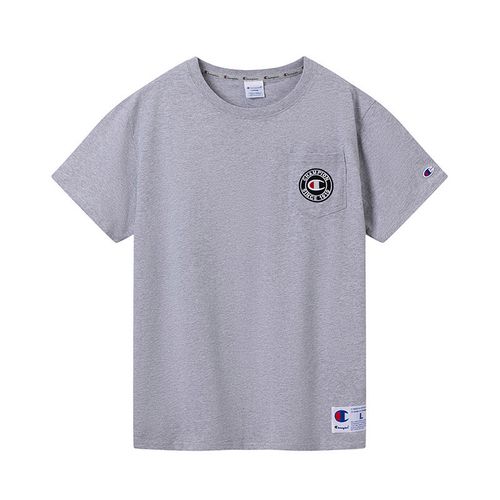The texture and softness of fabric are important considerations when choosing clothing. Different fabrics have different textures and softness, and you can choose the right fabric according to your needs. Here are suggestions for a scientific analysis of the texture and softness of several common fabrics.
1. Cotton fabric:
Cotton fabric is a common and popular fabric that is widely used because of its softness and comfort. Used to make clothing. The softness of cotton fabric is related to the characteristics of the fiber. Because cotton fibers have good bending properties and gaps between fibers, cotton fabrics are soft and breathable. When choosing cotton fabrics, you can pay attention to choosing finer cotton fibers and higher yarn counts, as these factors will affect the softness of the fabric.
2. Silk fabric:
Silk fabric is known for its smooth texture and soft touch. Silk is a natural fabric made from silk or synthetic fibers. The texture of silk fabric depends on the length and density of the silk fibers in the cocoon. The softness of silk fabric mainly depends on the quality of the fiber and the way it is processed. Longer and finer silk fibers generally produce softer fabrics.
3. Wool fabrics:
Wool fabrics are generally loved for their softness, warmth and comfort. Wool fabrics are made from animal hair, such as wool and camel hair. The texture and softness of wool fabrics depend on the length, thickness and surface coverage between wool fibers. Longer and finer capillary fibers produce softer fabrics.
4. Synthetic fibers:
Synthetic fibers such as polyester, nylon and polypropylene can be used to make various clothing. The softness of synthetic fibers is closely related to the properties of the fiber and how it is treated. Some synthetic fibers with added softeners or specially treated can have good softness. In addition, fiber thickness and density also affect the softness of synthetic fibers.
In summary, when choosing fabrics, you need to consider their texture and softness. The texture and softness of different fabrics are affected by factors such as fiber properties, fiber length and thickness, and the gaps between fibers. For fabrics that desire a higher level of softness, choose fabrics with longer, finer fibers and higher thread counts. Paying attention to the characteristics of fabrics and weighing the texture and softness of fabrics based on personal needs can help you choose clothing fabrics that suit you.







